Coming off a financial year with an 11 percent decline in revenue and a 78 percent drop in profit for the year, Knutsford Express had the second-worst quarterly performance following the $70 million losses incurred in the April quarter this year, as dislocations caused by the impact of the COVID virus the company’s operations severely.

Knutsford Express
Revenue dropped 62 percent or a huge $203 million from the $325 million recorded in 2019 to just $122 million in the first-quarter ending August 2020. Drastically reduced trips and services due to the restrictions put in place by the government to contain the spread of COVID-19 was a key factor affecting business and the financial results. Knutsford incurred a loss of $26 million for the August 2020 quarter, before finance income and expenses, 146 percent lower than the profit of $57 million earned the 2019 first quarter.
Unfortunately, the company continues the very poor practice of grouping direct operating and administrative costs together, therefore preventing investors from properly assessing the operation and the contribution the operating facility makes to overhead cost. For the quarter, administrative and operating expenses fell at a much slower pace and amounts than the fall in revenues, with expenses dropping 45 percent from $267 million in 2019 August quarter to $148 million in 2020. Depreciation charges accounted for $29 million up from 426 million in 2019.
Finance income in the 2020 quarter pulled in $4 million compared to $2 million collected in 2019, while finance costs declined from $7 million in 2019 to $3 million in 2020.
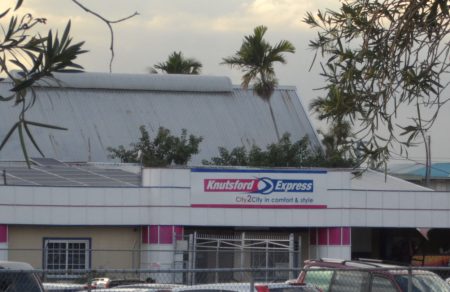
Knutsford’s New Kingston depot
The US operation generated a mere $638,000 in revenue and contributed $4 million to the loss, but that is down from the prior year with a loss of $9 million from revenues of $7 million.
Cash flows from operating activities brought in $9 million, down from $78 million at the end of August 2019. After spending $35 million on the acquisition of fixed assets and borrowing $15 million, it resulted in an increase in cash of $13 million at the end of the period, pushing funds on hands to $52 million, down from $194 million at the end of 2019. The company also has investments amounting to $97 million. Current assets stood at $194 million at the end of August 2020 down 51 percent from $393 billion in August of the previous year. Current liabilities stood at just $76 million to be more than adequately covered by current assets. At the close of August, shareholders’ equity stood at $744 million down from $827 million at the close of the corresponding period in 2019.
Going forward, as activities pick up locally and visitor arrivals numbers grow, the company stands to benefit from increased patronage and improved profitability. At the same time, the loss incurred in the quarter is lower than the depreciation charge that is positive as it means no drain on cash. The company should recover from the downturn experienced during the year, but it may not be until 2021 that investors will get a truer sense as to the level of rebound in profit as well as the stock price, that may be possible. “We expect an improved performance in the next quarter,” the Directors, stated in their report accompanying the quarterly.
Earnings per share ended with a loss of 5 cents for the quarter. Knutsford Express currently trades on the Junior Market of the Jamaica Stock Exchange at $6.55.
 The issue for 325 million ordinary shares at $1 each of with up to 187.5 million units reserved for priority applications, opens September 22 and is scheduled for closing on September 30, subject to the right of the Company to close it earlier.
The issue for 325 million ordinary shares at $1 each of with up to 187.5 million units reserved for priority applications, opens September 22 and is scheduled for closing on September 30, subject to the right of the Company to close it earlier.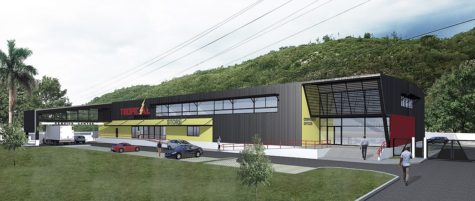 The Company plans to use the amount collected for expansion and working capital purposes, including but not limited to new product lines, expansion and renovation of retail stores, including an expansion of the parking area at the retail store at Grove Road in St Andrew. Completion of the buildout of and relocating to the new warehouse, head office and retail store at Ferry, Acquiring and install information technology systems for greater efficiency and improve customer experience and expansion of Mobile delivery fleet of vehicles.
The Company plans to use the amount collected for expansion and working capital purposes, including but not limited to new product lines, expansion and renovation of retail stores, including an expansion of the parking area at the retail store at Grove Road in St Andrew. Completion of the buildout of and relocating to the new warehouse, head office and retail store at Ferry, Acquiring and install information technology systems for greater efficiency and improve customer experience and expansion of Mobile delivery fleet of vehicles.
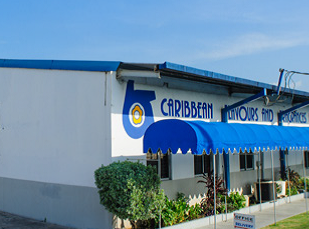
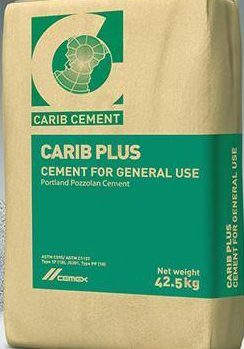 For the six months to June, profit fell 33 percent from $1.5 billion in 2019 to $1 million for the 2020 half-year. First-quarter profit fell sharply from that in 2019 to just $483 million, with the major repairs and maintenance of the plant carried out in the first quarter compared with the second quarter in 2019. Foreign exchange losses also contributed to the fall in the profit for the March quarter.
For the six months to June, profit fell 33 percent from $1.5 billion in 2019 to $1 million for the 2020 half-year. First-quarter profit fell sharply from that in 2019 to just $483 million, with the major repairs and maintenance of the plant carried out in the first quarter compared with the second quarter in 2019. Foreign exchange losses also contributed to the fall in the profit for the March quarter.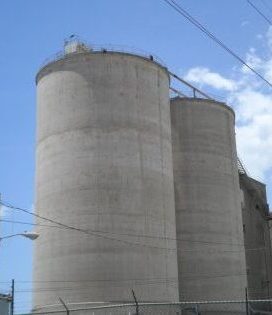
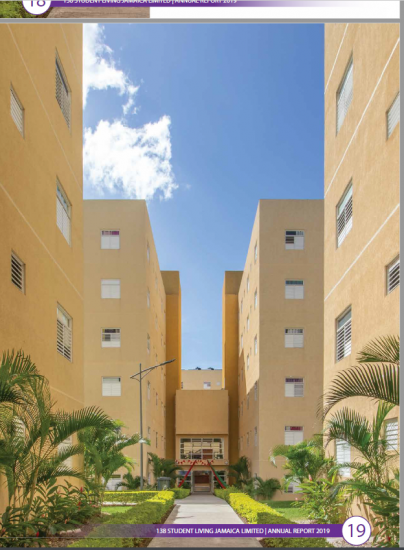 138 Student Living boasted an eye-popping turnaround in its profit before interest and taxes of 262 percent for the quarter and 588 percent for the six months to March 2020. The company recorded a profit before tax and finance cost of $137 million for the March quarter and $396 million for the six months. Profit after tax ended at $87 million for the March 2020 quarter versus a loss of $45 million in the prior year’s second quarter, for the half-year, profit after tax climbed to $270 million compared to a loss of $44 million in the 2019 period.
138 Student Living boasted an eye-popping turnaround in its profit before interest and taxes of 262 percent for the quarter and 588 percent for the six months to March 2020. The company recorded a profit before tax and finance cost of $137 million for the March quarter and $396 million for the six months. Profit after tax ended at $87 million for the March 2020 quarter versus a loss of $45 million in the prior year’s second quarter, for the half-year, profit after tax climbed to $270 million compared to a loss of $44 million in the 2019 period.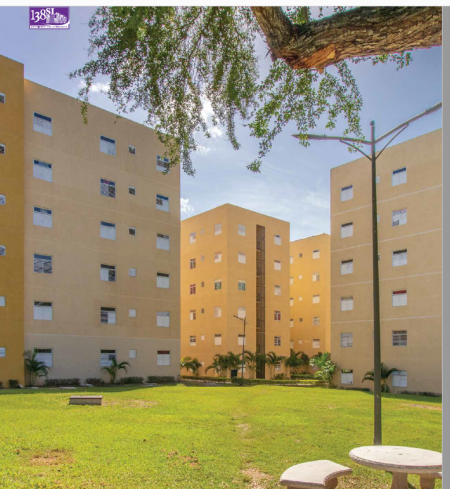 Earnings per share came out at 21 cents for the quarter and 65 cents for the six months and should end the fiscal year higher, but profits from the continuing business will be far less than the half-year numbers indicate.
Earnings per share came out at 21 cents for the quarter and 65 cents for the six months and should end the fiscal year higher, but profits from the continuing business will be far less than the half-year numbers indicate.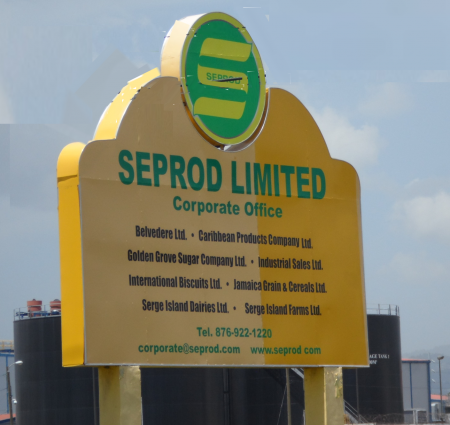 According to a Gleaner report in 2010, “the company not only acquired some 820 hectares of lands last year to add to its Golden Grove Sugar Company operations but also upgraded its factory. The strategy of an upgraded factory and “economies of scale” is expected to reap increased revenues for the group, according to Group Chairman Paul Scott.” Shortly after they acquired the business, the directors were told they were undertaking a huge gamble and would have been better off if they had left it alone. Ten years later, with billion-dollar losses, Seprod finally stopped the costly experiment.
According to a Gleaner report in 2010, “the company not only acquired some 820 hectares of lands last year to add to its Golden Grove Sugar Company operations but also upgraded its factory. The strategy of an upgraded factory and “economies of scale” is expected to reap increased revenues for the group, according to Group Chairman Paul Scott.” Shortly after they acquired the business, the directors were told they were undertaking a huge gamble and would have been better off if they had left it alone. Ten years later, with billion-dollar losses, Seprod finally stopped the costly experiment.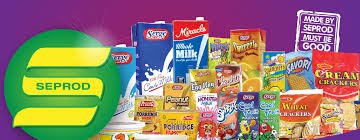
 The quarterly performance followed a weak December 2019 quarter when profit dropped from $1.1 billion in the 2018 December quarter to just $319,276.
The quarterly performance followed a weak December 2019 quarter when profit dropped from $1.1 billion in the 2018 December quarter to just $319,276. 
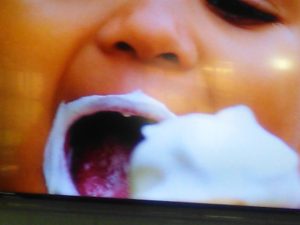 Gross profit margin declined in the year leading to gross profit rising slower than the increase in revenues at 5 percent to $546 million and is due primarily to a 12 percent rise in raw material cost and a 76 percent increase in depreciation charges in the manufacturing operation. Overall, cost rose faster than the increase in revenues for the year with Administrative, selling and distribution expenses 15 percent for the year.
Gross profit margin declined in the year leading to gross profit rising slower than the increase in revenues at 5 percent to $546 million and is due primarily to a 12 percent rise in raw material cost and a 76 percent increase in depreciation charges in the manufacturing operation. Overall, cost rose faster than the increase in revenues for the year with Administrative, selling and distribution expenses 15 percent for the year.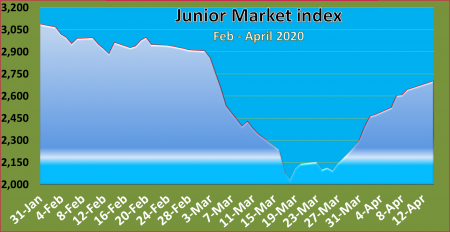 Within half an hour of trading, the Junior Market Index crossed over the 2,700 points mark to 2,706.06 and is up 63.25 points from Thursday close and is ahead of the March 5 ending of 2,656.41 points but lower than the close on March 4 of 2,758.76, but is some distance from the February close of 2,911.92.
Within half an hour of trading, the Junior Market Index crossed over the 2,700 points mark to 2,706.06 and is up 63.25 points from Thursday close and is ahead of the March 5 ending of 2,656.41 points but lower than the close on March 4 of 2,758.76, but is some distance from the February close of 2,911.92.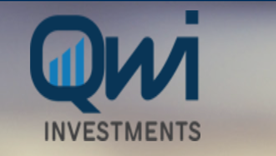 The share price tumbled over the past month with the fall in the overall market, in sympathy with the fall in the net asset value per share to a low of 80 cents on March 20 but recovered some lost ground to close on April 3, at 93 cents per share. The stock traded on the Jamaica Stock Exchange as low as 63 cents on March 10 with that price proving to be a bottom so far. The price moved upwards to close on Thursday at 83 cents for a rise of almost 32 percent since the low in March.
The share price tumbled over the past month with the fall in the overall market, in sympathy with the fall in the net asset value per share to a low of 80 cents on March 20 but recovered some lost ground to close on April 3, at 93 cents per share. The stock traded on the Jamaica Stock Exchange as low as 63 cents on March 10 with that price proving to be a bottom so far. The price moved upwards to close on Thursday at 83 cents for a rise of almost 32 percent since the low in March.




